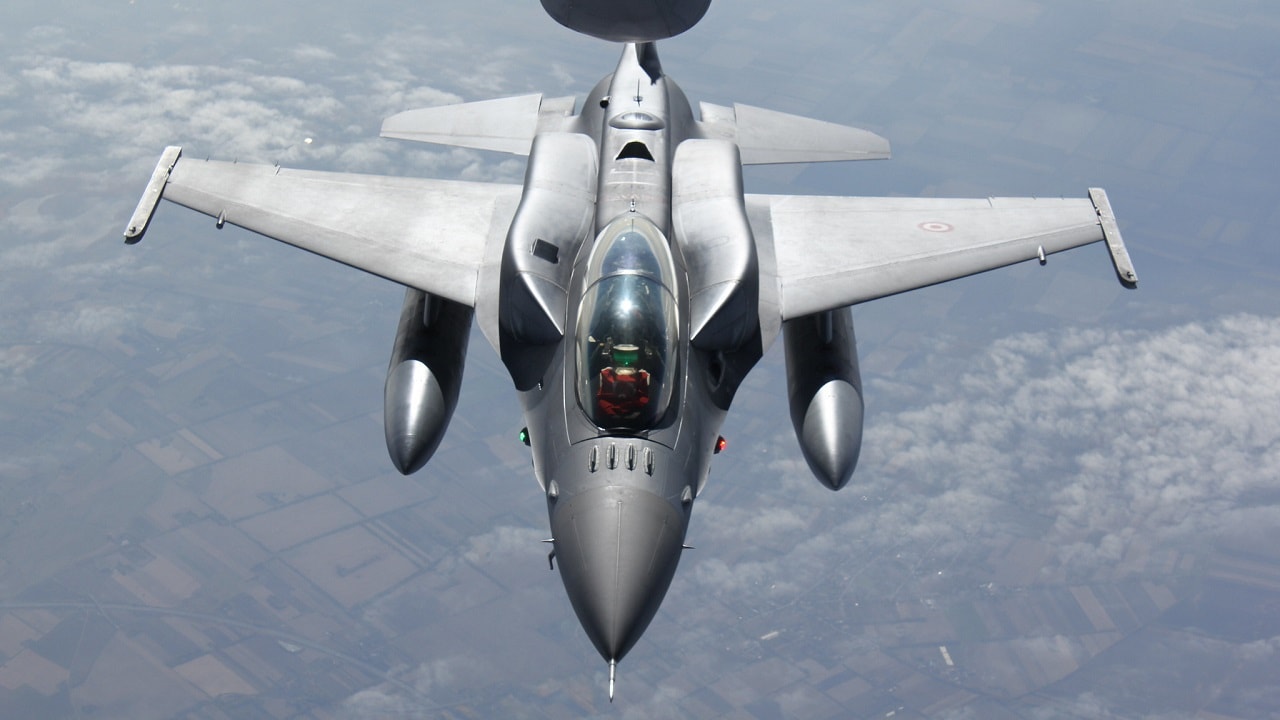NATO is looking to create a rapid response cyber force to counter malign Russian and third-party cyber activities. The decision comes a few months after a significant cyberattack launched by Russia.
NATO Rapid Response Cyber Force
In the opening hours of the war in Ukraine, Russia launched a cyberweapon against Ukraine’s military communications systems in an attempt to prevent the Ukrainian leadership from communicating.
Named AcidRain, the cyberweapon targeted the satellite network of Viasat, an American company that contracts with the Ukrainian military, and brought it down. However, as is often the case with cyberattacks, AcidRain spilled over and affected thousands of people in Europe.
NATO’s decision to establish a rapid response cyber force comes in the wake of AcidRain and other cyberattacks, including SolarWinds, NotPetya, and the Colonial Pipeline. It also comes at a time when there is an increased proliferation of cyber capabilities across the world.
Today, almost every nation in the world has a cyber force that it can use for exploitation purposes. According to the National Security Agency (NSA), the vast majority of these cyber forces are used for intelligence collection.
However, the NATO member states didn’t elaborate on what this rapid response cyber force will do and what it will look like. But they did touch on how NATO is helping Ukraine on the cyber front.
“This will accelerate the delivery of non-lethal defence equipment, improve Ukraine’s cyber defences and resilience, and support modernising its defence sector in its transition to strengthen long-term interoperability. In the longer term, we will assist Ukraine, and support efforts on its path of post-war reconstruction and reforms,” the NATO declaration stated.
There are many players in the cyber realm and potent defense requires close cooperation between government and private industry.
“We will significantly strengthen our cyber defences through enhanced civil-military cooperation. We will also expand partnership with industry. Allies have decided, on a voluntary basis and using national assets, to build and exercise a virtual rapid response cyber capability to respond to significant malicious cyber activities,” the NATO members declared.
Don’t Forget China too
Russia is the state that is most often heard when it comes to cyberattacks against the West. But China is not far behind. And in many regards, Beijing poses the most serious cyber threat.
According to the U.S. Intelligence Community, China steals between $200 and $600 billion of U.S. intellectual property and trade secrets every year; the vast majority of these data are purloined through cyberattacks. Moreover, through cyberattacks, the Chinese military and security services have acquired the personal information of millions of people.
NATO understands the Chinese cyber threat and included text to reflect that in its declaration.
“We are confronted by cyber, space, and hybrid and other asymmetric threats, and by the malicious use of emerging and disruptive technologies. We face systemic competition from those, including the People’s Republic of China, who challenge our interests, security, and values and seek to undermine the rules-based international order,” the NATO members said in their joint declaration.
1945’s New Defense and National Security Columnist, Stavros Atlamazoglou is a seasoned defense journalist specializing in special operations, a Hellenic Army veteran (national service with the 575th Marine Battalion and Army HQ), and a Johns Hopkins University graduate. His work has been featured in Business Insider, Sandboxx, and SOFREP.

